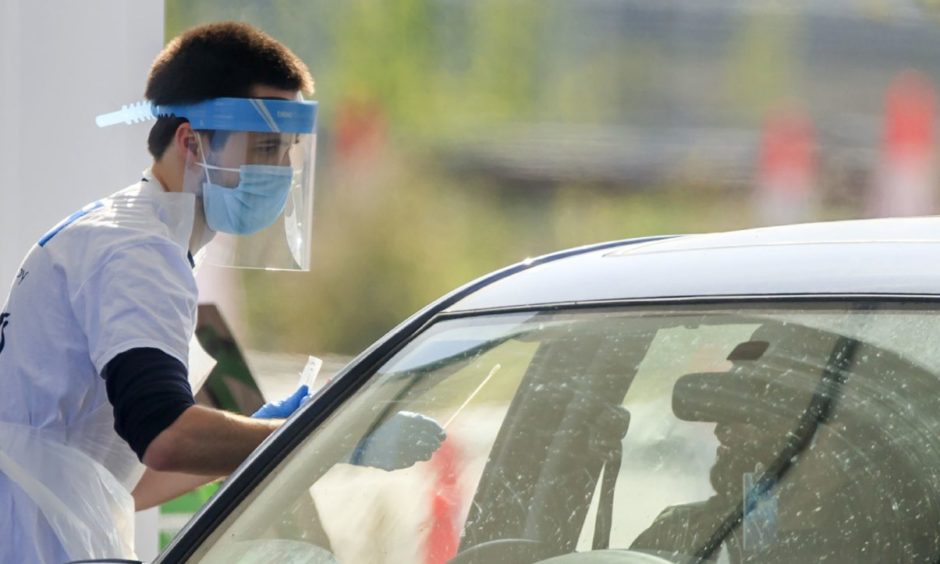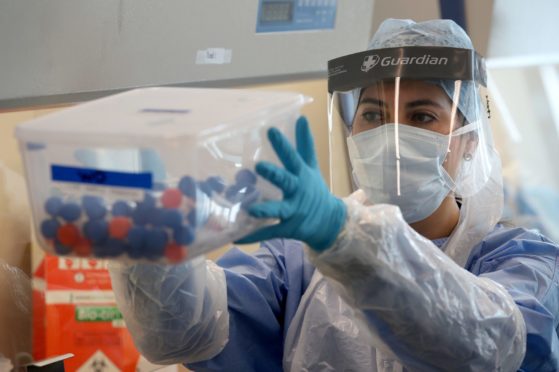There are always moments where you feel like the person on your television is speaking directly to you.
For me, this happens when the first minister addresses updates to the daily coronavirus data and says she knows there are people out there who watch these numbers very closely.
This time she was explaining a change in how the government calculate the testing positivity rate. This metric became more prominent in May when the World Health Organisation stated that countries should aim to have a positivity rate of less than 5%.
Unfortunately, as has been the main thread throughout much of the pandemic there was no general consensus around the world as to how this percentage should be calculated.
Sadly, to understand these changes I have to use words that if you’ve made wise life choices you may not have heard since school: numerator and denominator.
The new methodology makes changes to both in the calculation. The previous numerator (the number at the top of the fraction) was the number of new cases, whereas the new method makes a subtle change to using the number of positive tests. These numbers can be different if someone is tested (and is positive) more than once on the same day.
The denominator (the one at the bottom) here was the trickier number to define. The Scottish Government made the initial decision that it should be the number of newly-tested individuals. The rationale behind this was an attempt to adjust for the number of people who are tested regularly as part of their jobs. Only their first test would be counted in the ‘newly tested individual’ category. Unfortunately, this causes issues with the usefulness of the metric at this stage of the pandemic.
As more and more people are tested the pool of people able to appear as a ‘newly tested individual’ shrinks and has the potential to inflate the positivity rate.
The new methodology would see the total daily tests reported used as the denominator. Using this new metric sees the positivity rate drop by more than 10% on the old method – but at 6.4% it’s still above the WHO red line of 5%.
How does the lighthouse lab testing system work?
The Scottish Government has blamed a “testing capacity issue” related to the UK’s lighthouse lab network for a delay in results being published.
The issue has only been compounded by further concerns about the system used to send text messages to people with the result of their test, although the full scale of the problem is not yet known.
Nicola Sturgeon confirmed on Monday that around 64,000 tests were re-routed from a lab in Glasgow to other sites so the centre did not exceed capacity.

The majority of coronavirus tests administered in Scotland are through the UK Government’s testing network, including home tests and those in walk-in or drive-through centres, while the rest are carried out through NHS Scotland.
To scale up the UK’s testing capacity, which it is hoped will reach 500,000 tests per day by the end of October, seven lighthouse labs were set up in partnership with universities and big pharmaceutical companies.
The lab in Glasgow, based at Queen Elizabeth University Hospital campus, opened in April and is staffed around the clock by around 100 workers.
NHS Scotland meanwhile carries out testing for care home residents, hospital patients and health board workers. Some health boards also process tests for emergency workers, symptomatic staff and their families.
It will also take over routine testing for care home staff, which was previously the responsibility of the lighthouse lab network.
